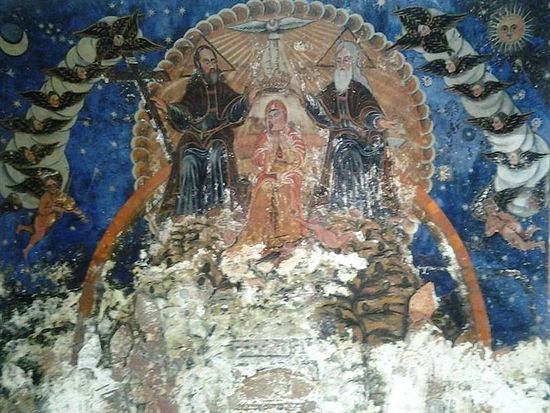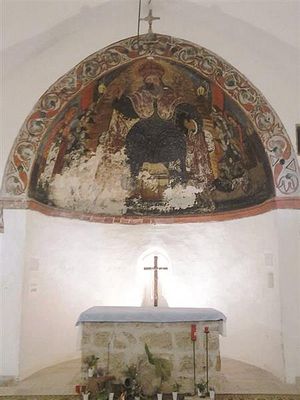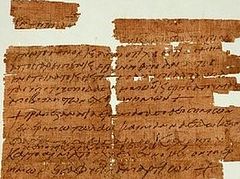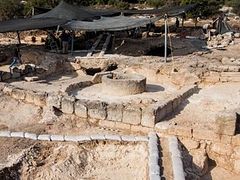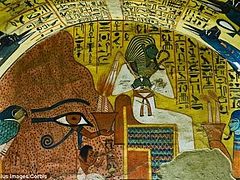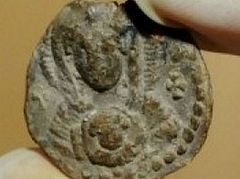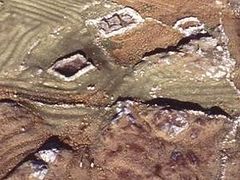The Kadisha Valley (also Wadi Qadisha), Lebanon, December 12, 2014
A group of archaeologists and restorers, including Russian scientists, has begun implementing a large-scale project of reconstructing an ancient Christian church complex that is a UNESCO World Heritage monument, reports the Tayyar.org news portal.
According to the media reports, the Maronite Church appealed to the Committee for Restoration of Ancient Lebanese Churches for further examination of the unique wall paintings of the Kadisha Valley churches. The first stage of the reconstruction was carried out through joint efforts of specialists from Russia, Poland, and Italy. Now the time has come for 16th-17th century frescoes.
According to George Arab, the project’s executive director, the frescoes depicting Christ and the Holy Family as well as Icons of the Mother of God and St. Daniel Are of a special interest for the scientific world. Today the committee members have started surveying the state of the monuments and embarked on their description. Unfortunately, the frescoes were considerably damaged over the years by the high humidity of the valley.
The icons themselves, according to rector of one of the Kadisha Valley churches, Father Habib, amaze pilgrims even now. The main wall painting that depicts the Ascension of the Holy Virgin is a rare iconographic type. Here the Mother of God, being received by the Holy Trinity into the heavens, rises above the cedars of Lebanon, under which the locally venerated Holy Patriarchs surround the sacrificial altar with the Lamb. It is supposed that the original icon was painted by Monk Peter of Cyprus in 1702 under Patriarch Estephan El Douaihy (1630-1704).
Other wall paintings the Russian archaeologists are currently working on are no less striking; for example, the so-called “fresco of Petition” bears an image of the Heavenly Father standing in front of the Heavenly Altar with the Lamb. In the historians’ view, this and other compositions enable the scientists to throw light upon the late stages of development of the oriental iconography which are insufficiently known to this day.
At the same time, according to the As-Safir newspaper’s reports, the next step of the field research will be the lower story of a Kadisha monastery built in the 12th century.

